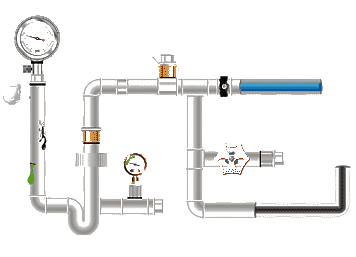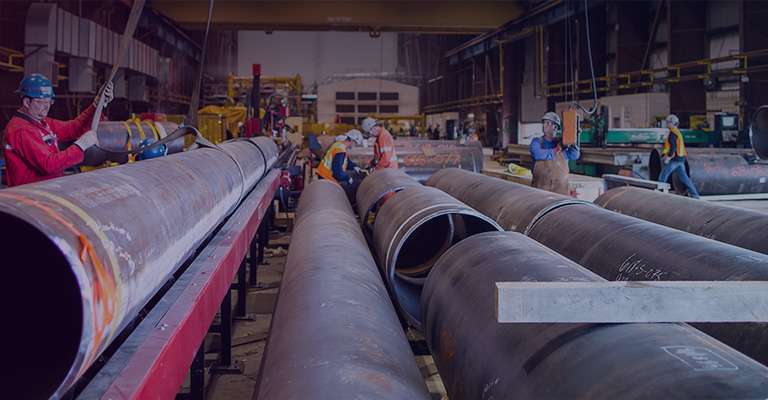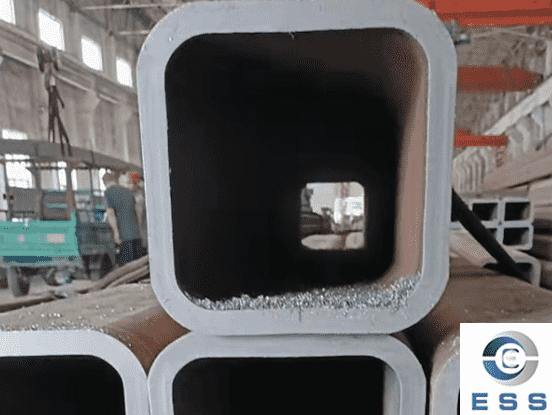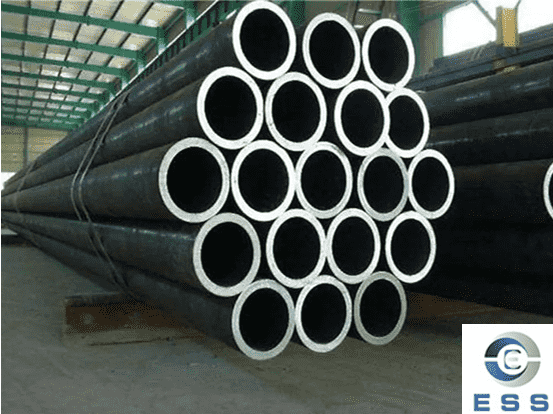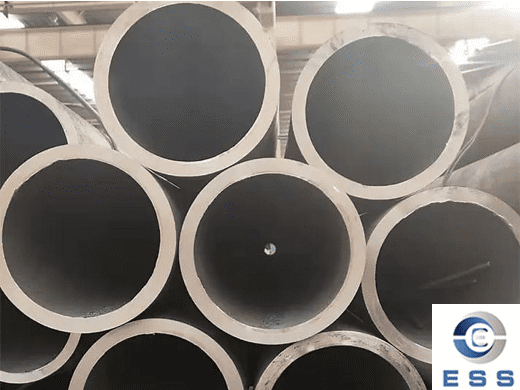
Differences Between Carbon Steel Pipe and
Black Iron Pipe
Carbon
steel pipe is an industrial pipe made primarily from carbon steel, while
black iron pipe is a seamless or straight-seam steel pipe made from low-carbon
steel using high-frequency welding or submerged arc welding. What are the
differences between the two? The following comprehensive analysis will cover
material and composition, production process, performance, and usage scenarios
to help you make the right purchase choice.
Carbon Steel Pipe vs Black Iron Pipe: Material and Composition
1. Material and Composition of Carbon
Steel Pipe
It is primarily composed of carbon steel
(0.12%-2.0% carbon content), which may contain small amounts of alloying
elements such as manganese and silicon. Based on carbon content, it is
categorized as low-carbon steel (such as Q235), medium-carbon steel (such as
45# steel), and high-carbon steel. Higher carbon content increases hardness and
strength, but reduces ductility.
2. Material and Composition of Black
Iron Pipe
It is actually ungalvanized mild
steel pipe (carbon content ≤0.25%). Its surface is
covered in a black oxide scale, hence the name "black iron." Its
composition is similar to Q195 or Q235 carbon steel, but it lacks an anti-rust
coating. CS pipe can be improved through heat treatment (such as quenching),
while black iron pipe, due to its low carbon content, offers better weldability
but cannot be strengthened.
Carbon Steel Pipe vs Black Iron Pipe: Production Process and Surface Treatment
1. Process and Treatment of Carbon Steel
Pipe
It is hot-rolled or cold-drawn, and can be
coated with anti-rust paint or galvanized (e.g., galvanized
steel pipe).
Common standards include: GB/T 8163 (Fluid
Transport) and GB/T 3091 (Low-Pressure Welded Pipe).
2. Process and Treatment of Black Iron
Pipe
It is formed solely through rolling or
welding, with no surface coating. It easily reacts with moisture in the air to
form red rust.
The industry standard refers to ASTM A53
(American Society for Testing and Materials), but the ungalvanized portion is
marked "Black."
The galvanized layer thickness of carbon
steel pipe is typically ≥65μm,
while that of black iron pipe is zero. Black iron pipe costs 20%-30% less than CS
pipe of the same specification.
Carbon Steel Pipe vs Black Iron Pipe: Performance
1. Performance of Carbon Steel Pipe
Advantages
High strength, with a tensile strength of
370-500 MPa, suitable for load-bearing structures.
Corrosion-resistant. Ordinary carbon steel
pipes are prone to rust and require galvanizing or painting. If the environment
is highly corrosive, Q235B steel with a lower carbon content is recommended.
Low-carbon steel (carbon content <0.25%)
offers excellent weldability, while high-carbon steel requires preheating to
prevent cracking.
High-temperature resistance (some models
can withstand temperatures exceeding 400°C), suitable
for petroleum, chemical, and high-pressure pipelines.
Disadvantages
Requires additional anti-corrosion
treatment; otherwise, it is prone to rust in humid environments.
2. Performance of Black Iron Pipe
Advantages
Low cost. By omitting the galvanizing
process, the price is approximately 20%-30% lower than galvanized pipe.
Flexible processing. Easy to cut and weld,
suitable for on-site modification.
High pressure resistance. Ordinary black
iron pipes have a compressive strength of 300-500 MPa, suitable for
low-pressure fluid transportation.
Disadvantages
Short lifespan (rusts through after only
1-2 years in exposed outdoor environments), unsuitable for water transport or
corrosive media.
Carbon Steel Pipe vs Black Iron Pipe: Applications
1. 3 Applications of Carbon Steel
Pipe
Oil and Gas
Seamless carbon steel pipe is used for
drilling casings and oil pipelines, with a pressure rating exceeding 20 MPa.
Construction Engineering
Carbon steel pipe is widely used in
scaffolding and steel structure support, with Q235 being used on over 90% of
domestic construction sites.
Mechanical Manufacturing
High-precision cold-drawn carbon steel pipe
is a key material for hydraulic cylinders and bearing sleeves, with a surface
roughness controllable to Ra ≤ 1.6μm.
2. 4 Applications of Black Iron Pipe
Construction and Structural Engineering
Commonly used for temporary building
support structures and drainage pipes in non-corrosive environments, but
requires regular rust prevention and maintenance.
Municipal Utilities
Black iron pipe is often used for
low-pressure gas pipelines (pressure ≤ 0.4 MPa), and
some fire protection systems also use black iron pipe.
Industry and Machinery Manufacturing
Black iron pipe is often used for the
skeletons of non-precision equipment such as machine tools and conveyors, and
for parts of factory ventilation systems where corrosion resistance is less
critical.
Agriculture and Temporary Facilities
Black iron pipe is suitable for short-term
farmland water supply pipelines and economical greenhouse support structures,
with a service life of approximately 3-5 years.
How to Choose Between Carbon Steel Pipe and Black Iron Pipe
1. Environmental Requirements
Galvanized carbon steel pipe is preferred
for humid or corrosive environments; black iron pipe can be considered for dry
environments.
2. Budget Constraints
Black iron pipe has a lower initial cost,
but long-term maintenance costs may be higher.
3. Industry Standards
When it comes to pressure vessels or fluid
transportation, compliance with standards such as GB and ASME is required, and
black iron pipe is prohibited.
Summary
Both are essentially steel pipes, but
carbon steel pipe offers superior performance through optimized composition and
processing, while black iron pipe offers a lower-cost alternative. Users should
weigh the pros and cons based on their specific needs.
Read more: Carbon Steel Pipe vs. Mild Steel Pipe or Carbon Steel vs Iron









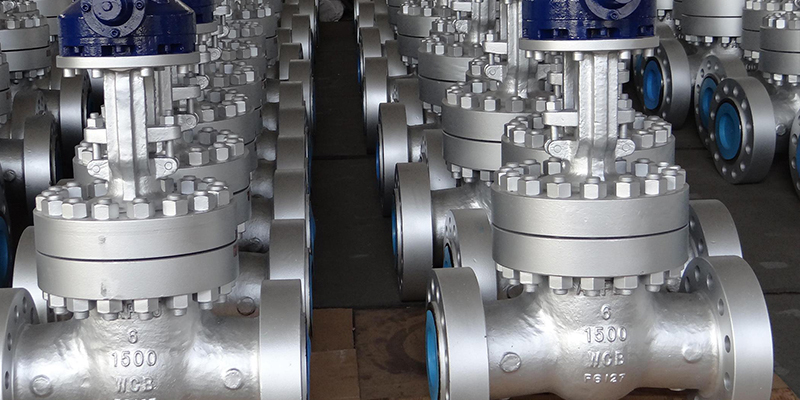
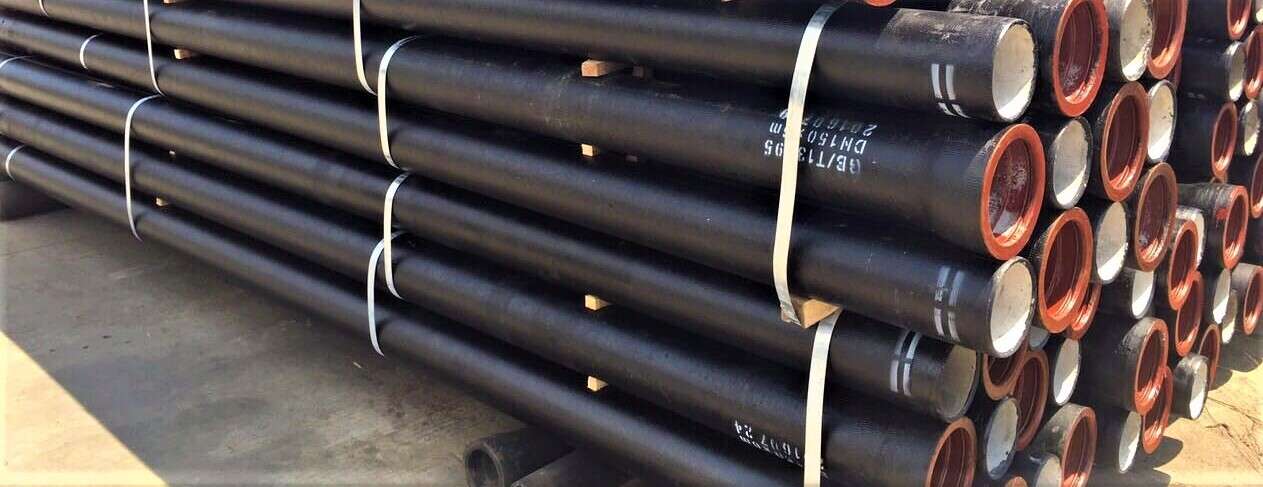


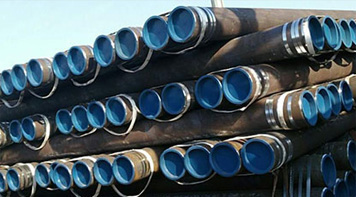 Eastern Steel Manufacturing Co.,Ltd not only improve product production and sales services, but also provide additional value-added services. As long as you need, we can complete your specific needs together.
Eastern Steel Manufacturing Co.,Ltd not only improve product production and sales services, but also provide additional value-added services. As long as you need, we can complete your specific needs together.
